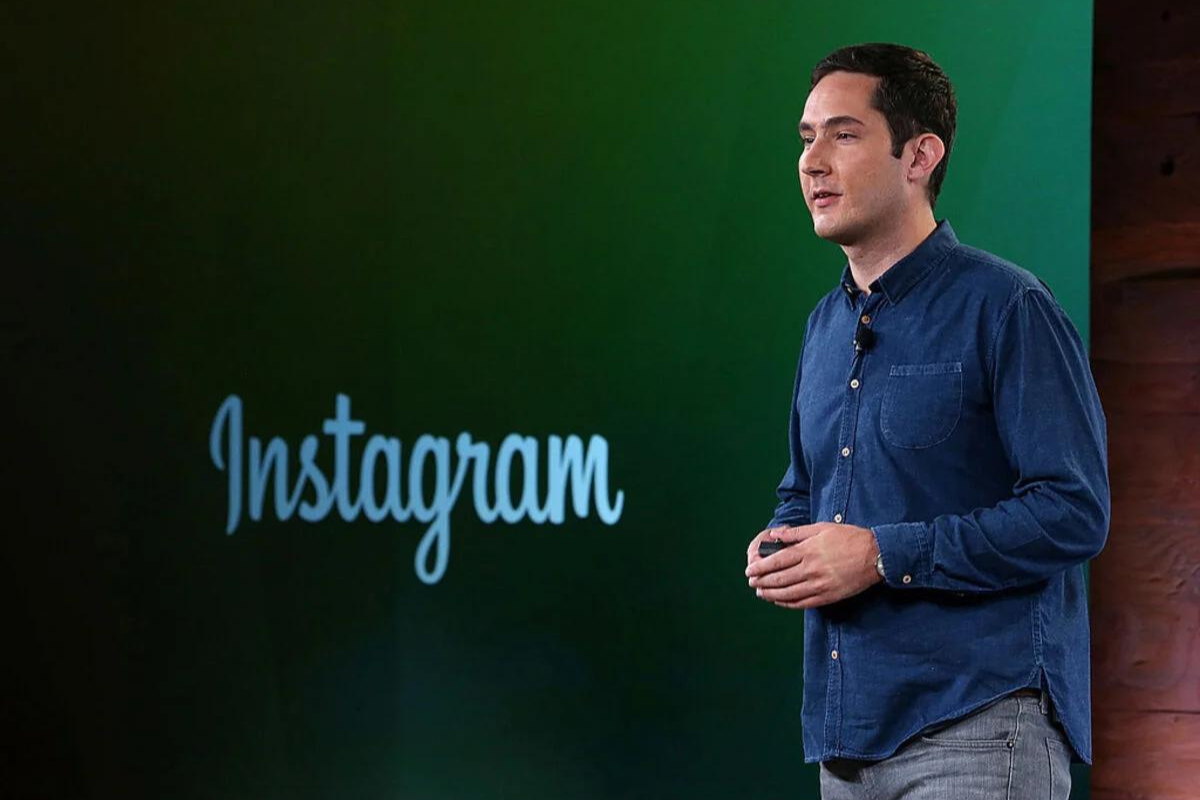The story of Instagram’s journey from an idea in Kevin Systrom’s head to a billion-dollar acquisition by Facebook is nothing short of a fairy tale. Instagram, a photo and video-sharing social media application, was launched in 2010 by Kevin Systrom and Mike Krieger. Systrom, a Stanford University graduate, was working at Nextstop, a travel recommendations startup, before starting work on Instagram.
The initial prototype of Instagram was called Burbn, inspired by Systrom’s love of fine whiskeys and bourbons. It allowed users to check in, post their plans, and share photos. However, after receiving seed funding of $500,000 from Baseline Ventures and Andreessen Horowitz, Systrom and Krieger decided to pivot towards creating a photo-sharing app. They studied Hipstamatic, which lacked social media-sharing capabilities, and decided to build an app that bridged Hipstamatic and a social media platform like Facebook.
Burbn was stripped down to its photo, commenting, and “liking” functions, and was renamed Instagram. Their focus was on creating a minimalist app that would require as few actions as possible from the user. After eight weeks of fine-tuning the app, they gave it to friends to beta test and evaluate its performance. On October 6, 2010, the Instagram app was launched, and it had 25,000 users in one day. At the end of the first week, it had been downloaded 100,000 times, and by mid-December, the number of users had reached one million.
The timing of the app’s release was fortuitous because the iPhone 4, featuring an improved camera, had launched just a few months earlier, in June 2010. Instagram was able to capitalize on this and become a hit. The company raised $7 million in a Series A funding round, valuing it at around $25 million, with investors like Benchmark Capital. Although this new round of financing gave Systrom and Krieger the opportunity to hire more people, the founders decided to keep the company really small, with barely a dozen employees.
Systrom knew Jack Dorsey, the co-founder of Twitter, from his time as an intern at Odeo, and Dorsey expressed a strong interest in the company. However, it was Facebook that ended up acquiring Instagram for $1 billion in cash and stock in 2012, just prior to its initial public offering. This acquisition proved to be a smart move for Facebook, as Instagram has continued to grow and now has over one billion active monthly users.
Takeaway
As we come to the end of our analysis of Instagram’s journey, we are left with a sense of awe at the incredible success the app has achieved. From its humble beginnings as Burbn, Instagram has gone on to become one of the most popular and beloved social media platforms of all time. Its journey has been a classic startup story, full of twists and turns, highs and lows, and ultimately, triumph.
At the heart of Instagram’s success lies a few key factors: the founders’ ability to pivot when needed, their impeccable timing, and their unwavering focus on creating the best possible user experience. By staying attuned to the needs and desires of their users, Systrom and Krieger were able to create an app that resonated deeply with people around the world. They were also able to take advantage of the exploding smartphone market, which provided the perfect platform for their vision to take flight.
Today, Instagram remains a dominant force in the social media space, with over one billion active users worldwide. Its impact on the world of online communication and content creation cannot be overstated. From influencers to small businesses to celebrities, everyone has embraced the platform as a way to connect with others, express themselves, and build their brands.
The story of Instagram is not just a tale of success, however. It is also an inspiring example of what can be achieved when a small group of passionate and talented people come together to pursue a shared vision. The app’s journey is a reminder that entrepreneurship is not for the faint of heart, but for those who are willing to take risks, think creatively, and never give up.
In conclusion, Instagram’s story is one that should inspire and motivate entrepreneurs everywhere. It is a testament to the power of innovation, hard work, and a deep understanding of what users truly want. As we look to the future, we can only imagine what exciting new developments the platform will bring, but one thing is certain: Instagram will continue to be a force to be reckoned with in the world of social media and beyond.











